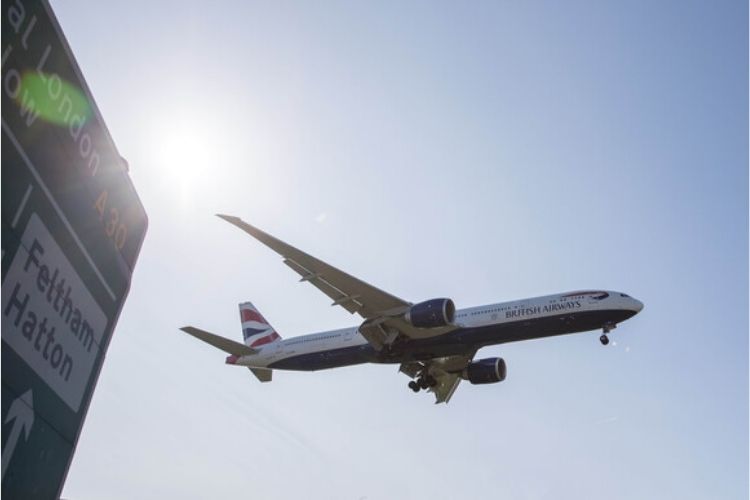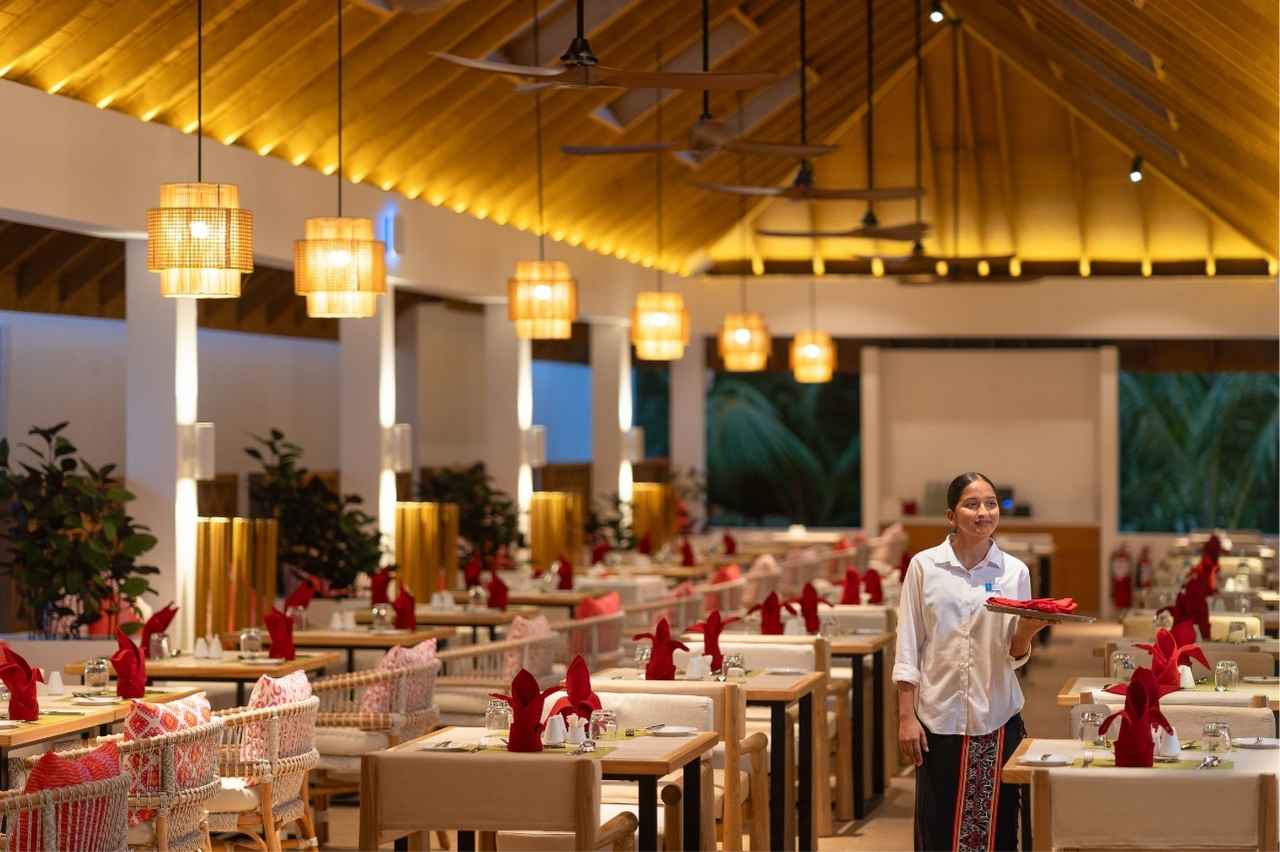British Airways has resumed its operations to the Maldives yesterday, 17th October 2020. The airline will operate 3 weekly flights to the Maldives from London Heathrow. The seasonal flights depart three times a week on Sunday, Wednesday, and Friday.
Flights land the following day at Velana International Airport. Direct flights from the Maldives to London will also depart on Mondays, Thursdays, and Saturdays. To provide a safer experience for travelers, British Airways has introduced various safety measures. This includes, air on all British Airways flights being fully recycled once every two to three minutes through HEPA filters.
Great to have British Airways flights linking Britain and Maldives again! We continually review out travel advice with a view to relaxing it as things improve. Those returning to UK from Maldives must still self-isolate for now.
British High Commissioner to Maldives, Caron Rohsler said.
British High Commissioner also tweeted a photo with the captain and cabin crew of the airline, thanking them. Furthermore, the commissioner thanked the ground staff of all the airport authorities. She highlighted the efforts taken to make Velana International Airport safe & welcoming for everyone.
In an earlier statement, Neil Chernoff, Director of Network and Alliances at British Airways said that the airline is glad to be returning to more destinations this month, connecting the UK with more and more countries around the world. He said with British Airways’ enhanced safety measures, the airline hopes to encourage people to start planning their next getaway.
Also read: Top 10 Tourist Markets Since Border Reopening—As of 14th October 2020
The United Kingdom is among the top 10 tourist source markets to the Maldives. Before the lockdown in March, a total of 7,288 visitors from the UK arrived in the Maldives this year. And 625 tourists also arrived from the UK in September 2020. Thus, making it the 4th highest performing market in terms of tourist arrivals.








